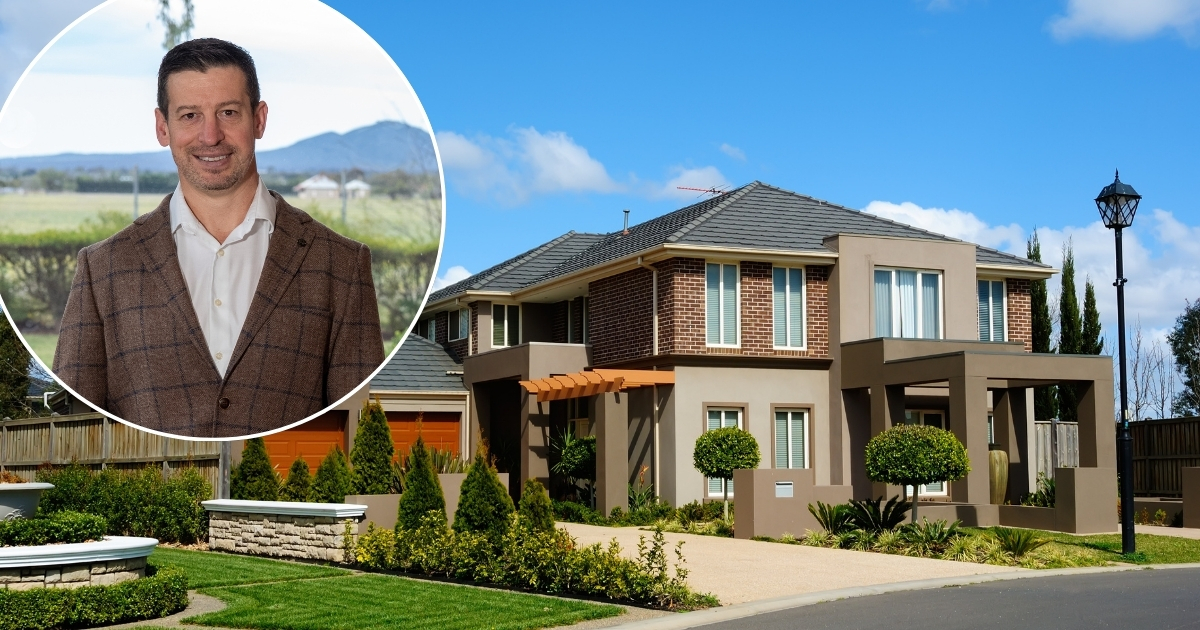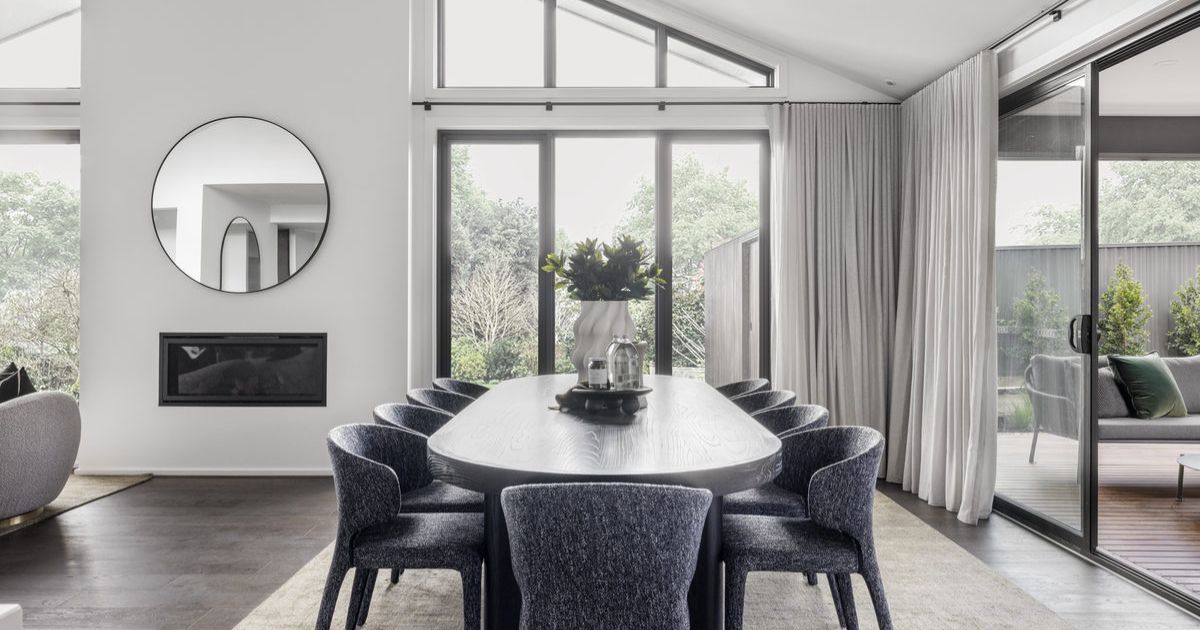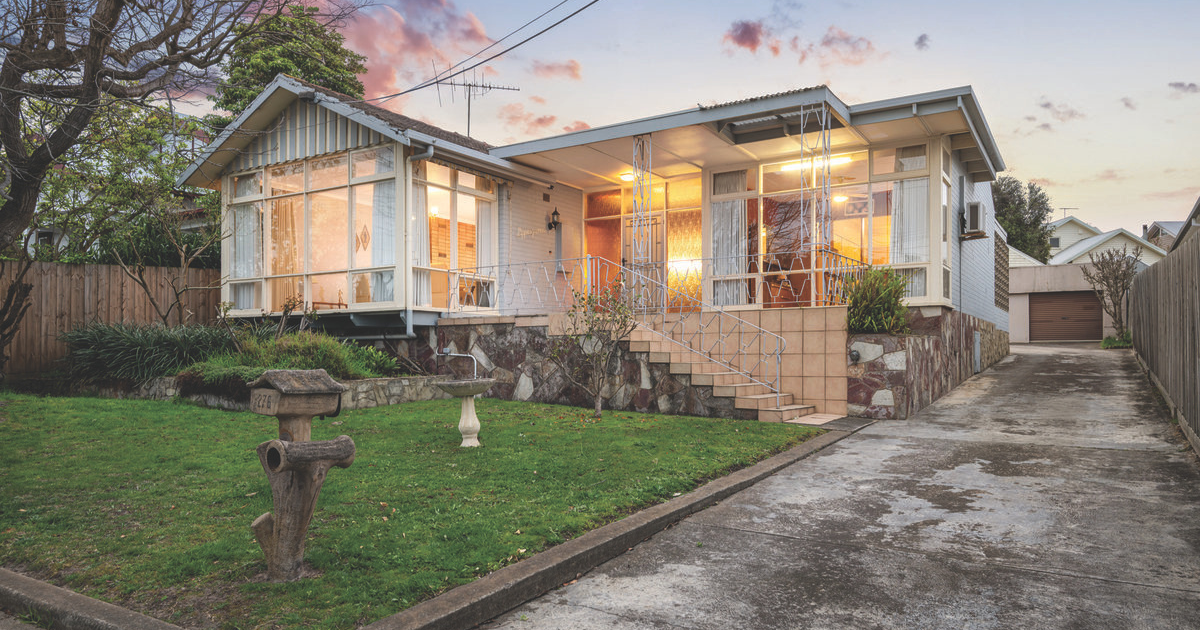Investing in 2025

Jamie Hyndman is the director of Tribe Financial, a lending and mortgage broking firm based in Torquay and covering Geelong, the Bellarine and Surf Coast.
Alright, folks, Christmas is done and dusted. The hangovers from the festive food and booze are hopefully fading, or maybe you’re just building up a tolerance!
As we cautiously stumble into 2025, I’m not going to bore you with another column predicting interest rates. Let’s face it, there are already a thousand articles out there, most likely saying the same thing about two to three rate cuts.
Instead, I want to give you something to ponder while you’re chilling by the beach, river, or pool this January. We’ve just come through the worst tightening cycle in decades, but now we’re starting to see some promising opportunities emerge. So, if you’re thinking about buying an investment property, whether here in Victoria or elsewhere, where do you even begin? Here are three things to mull over:
Know your “yield” from your “capital growth”
When it comes to investments, you’re essentially making money in two ways: capital growth and yield. Capital growth means the value of your asset goes up over time, while yield refers to the income it generates. Sometimes you might sacrifice some capital growth to get a higher yield early on. It’s crucial to understand how your potential investment stacks up in both areas, both now and in the future. There’s no point owning a fantastic investment if you can’t afford to hold onto it because it’s not generating any income. Likewise, there’s no use having a property that brings in high rent if it loses value in the long run.
Understand your drivers for growth
Think about what drives the growth of your investment. Why does the property generate the income it does? Are there any factors that might boost it in the future, such as a new hospital being built nearby? Or could a new freeway increase the property’s overall value? When you grasp these drivers, you understand your investment and its potential far better. And as they say, knowledge is power– or in this case, better decision-making.
Prepare your purchase plan with a buffer
Whenever you’re considering an investment, make sure you have some funds set aside. It’s risky to spend every last dollar on the purchase, leaving you with nothing in the bank for unexpected issues. You can usually build a buffer into your plans; it might mean borrowing slightly more, just to ensure you have a safety net. Expect the unexpected, so it doesn’t catch you off guard and derail your plans.
There you have it, folks. Some food for thought as we kick off 2025. Happy investing.
Considering something similar for your family and not sure what’s possible? Or have a question you’d like to ask our team? Email [email protected]
//SPONSORED CONTENT

















